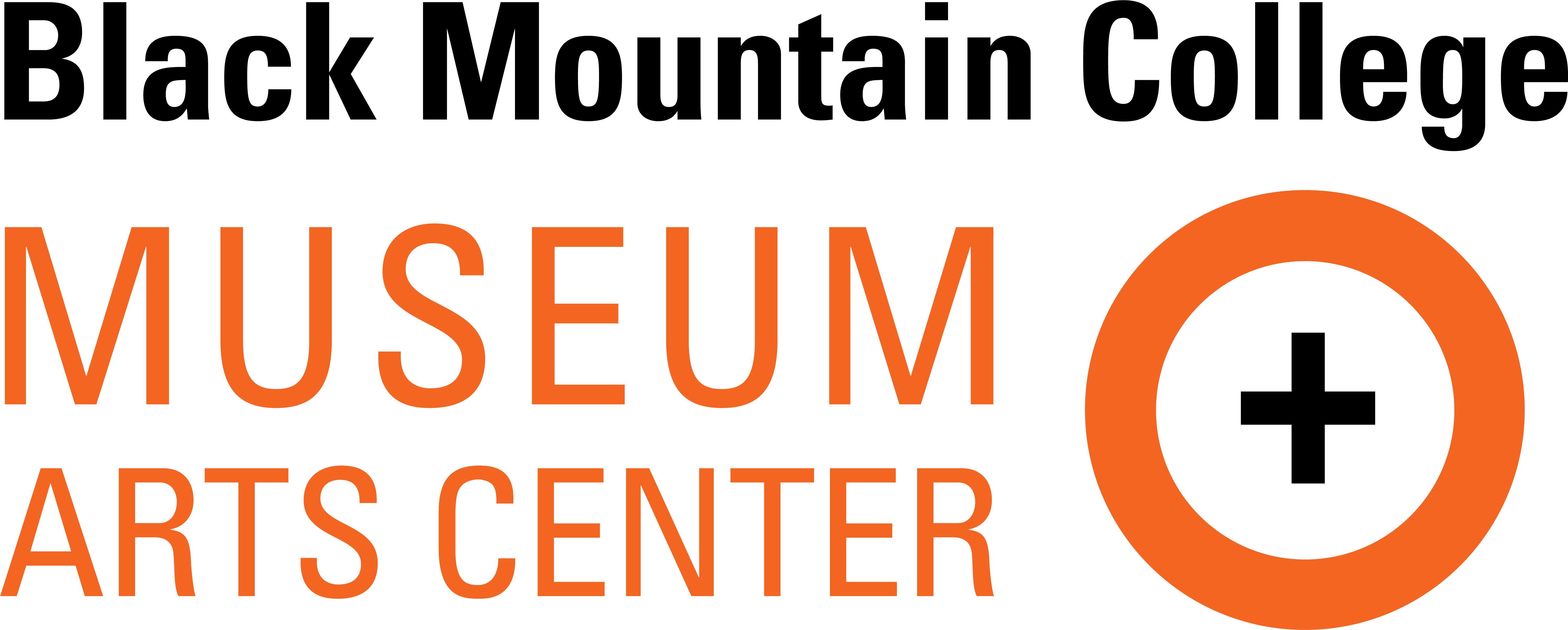José de Creeft

Jose de Creeft, photographed by Peter A. Juley & Son Collection, Smithsonian American Art Museum J0001461
Group Portrait 1944 Summer Art Institute, Lake Eden, Black Mountain College. BMC Project Collection, Box 91. Courtesy of Western Regional Archives.
FOCUS
Art/ Design/ Craft
ROLE
Guest Faculty
ATTENDANCE
1944 - 1944
BIRTH
1884-11-27
Guadalajara, Spain
DEATH
1982-09-11
New York, NY
Spanish-born artist, sculptor, innovator and teacher, José de Creeft (1884-1982). His amazing career spanned 75 years and encompassed a variety of styles and methods. His list of mentors, associates, teachers, and friends is long and impressive, as is his list of works of art and exhibitions.
José was born in Guadalajara. He moved about Spain and to Paris during his early years, apprenticing with artists and sculptors. He became a proponent of the direct carving technique of creating sculpture. Traditional methods entailed preparing a model out of clay or plaster and then creating a larger work from its likeness. Direct carving, an ancient method that gained a new following in the United States circa 1915, involved directly working with wood or stone.
One of his earliest direct carving sculptures was a head in red granite which he presented to the Société Nationals des Beaux-Arts in 1916. De Creeft originated the chased lead method of sculpting in which a large form was made and then finished by hammering, carving, and incising. Another innovation of de Creeft was making sculpture from discarded or repurposed materials.
Following his marriage to American Alice Robertson Carr in London in 1928, the couple moved to the United States and after a bit of travelling, set up residence in New York City. De Creeft established a studio in Greenwich Village, although he and Alice (and later their two children) spent time in Europe. The couple divorced in 1939. The following year, de Creeft became a naturalized citizen of the United States.
In 1944, de Creeft was invited by Josef Albers to teach sculpture at the 1944 Summer Art Institute at Black Mountain College (BMC), a small experimental school near the town of Black Mountain, North Carolina. While there, de Creeft “prepared and directed” a “colorful Spanish bull fight.”
The extravaganza, described as a “dramatic burlesque,” involved the entire BMC community either as participants or spectators. De Creeft was the matador, assisted by Janie Stone and Ati Gropius acting as toreadors. Others were picadors on horses (the latter played by faculty members). Four students portrayed bulls. Additional performers were Spanish ladies, arena shovelers, and cigarette girls. Students made costumes and props under de Creeft’s direction.
Fred Cohen and Simon Sadoff provided Spanish music for certain scenes. Fourteen pieces of sculpture created by de Creeft’s students were exhibited in the Kocher Room at Black Mountain College at the end of the summer. The works of art were fashioned from wood, marble, granite, and limestone collected on campus by the students.
De Creeft instructed them to work directly with their material without the use of sketches or models. While at Black Mountain, de Creeft met a young student in regular summer session, Lorrie Goulet. She enrolled in de Creeft’s sculpture class, and created a wooden sculpture included in the exhibition.
The two married that November. They bought a large farm in upstate New York where they lived and worked.


